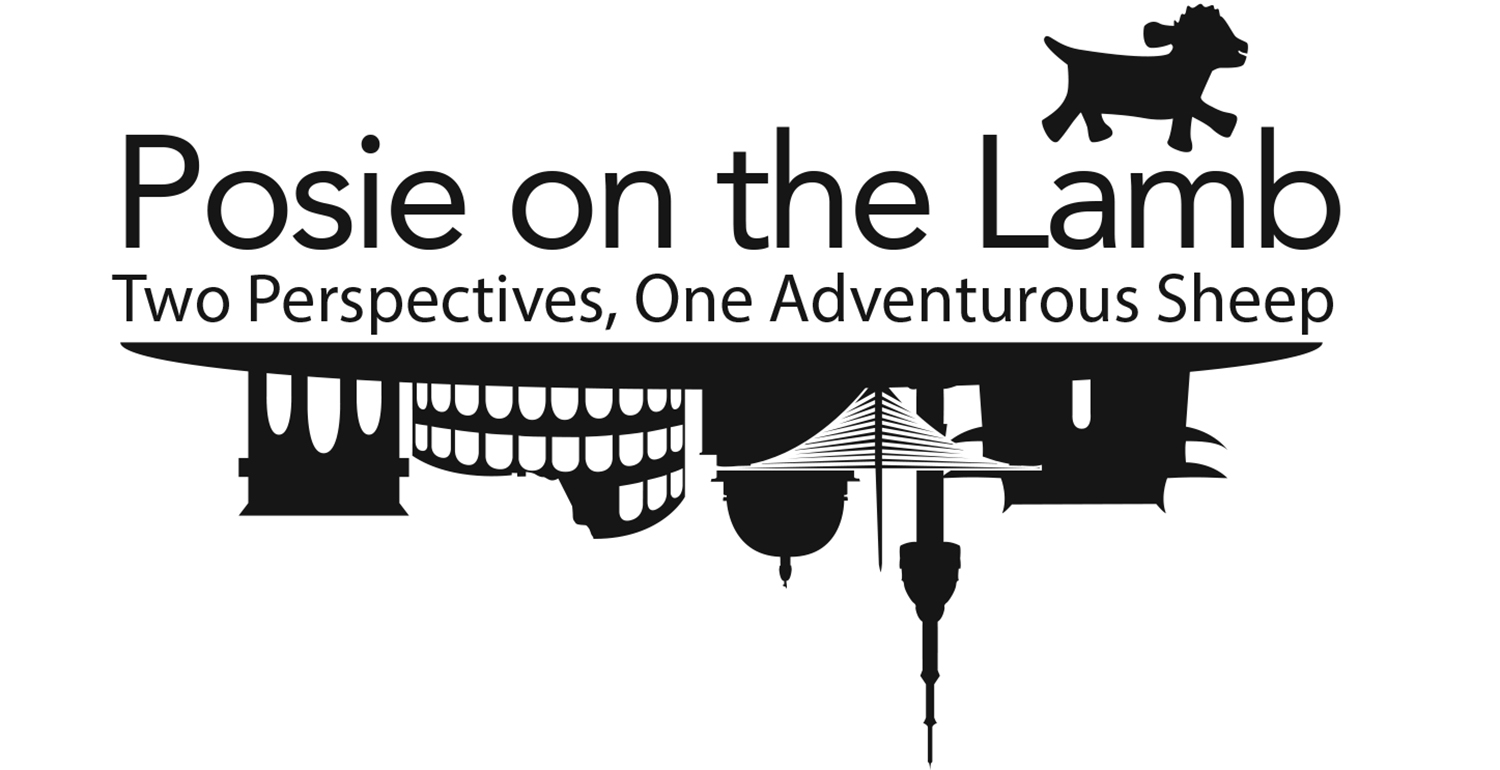A Hint and a Headache

Most of our regular readers (Hi, Mom!) already know about our next travel destination, because we’re way too excited to keep a secret. But for anyone still in the dark, here’s your hint: I’m learning Cyrillic. This is a surprisingly broad hint—at least 50 languages use the Cyrillic alphabet. We associate it with Russia, but Cyrillic is used all over Eastern Europe and Central Asia. It's 1,400 years old, and was invented by some monks named Cyril and Methodius. (I assume poor old Methodius lost the toss on naming rights.) They were missionaries to the Balkans, and wanted to translate religious texts into the local languages. Unfortunately, the Greek and Latin alphabets didn’t have enough letters to cover all the Slavic sounds, so Cyril and Methodius invented their own writing system. And while I’m not specifically suggesting they were prognosticating time-travelers, it’s clear that their real motivation was to make my life difficult in 2016.
I have a thing for languages. I can trace my fascination back to 7th grade, when I was offered the chance to cut Mr. Dribble’s dire social studies class for German lessons. Since then, I’ve always appreciated the practical benefits of foreign language study.
But Cyrillic is the meanest alphabet I’ve ever learned. It took me about 30 minutes to master Korean Hangeul (though I'll admit to a few other speed bumps). Vietnamese was a snap to memorize (albeit impossible to speak). But I'm a week into Cyrillic, and I still don’t know my ABCs—or should I say my XHPs.
Here’s the problem:
А Б В Г Д Е Ё Ж З И Й К Л М Н О ϴ П Р С Т У Υ Ф Х Ц Ч Ш Щ Ъ Ы Ь Э Ю Я
Any of those letters look familiar? Why yes! Misters Cyril and Methodius thoughtfully included much of the Latin alphabet in their new one! But as the happy-go-lucky pranksters they were, the monks couldn't resist adding a twist. Only two of those letters sound the way you’d expect them too!* (Guess which! Isn’t this fun?)**
B, for example, sounds like W, and Г sounds like G (although Я is YA). Y and У are two different letters, specifically O and U (a decision for which I demand an explanation). O, meanwhile, makes an AW sound, while P just makes me want to kill myself.*** What endless merriment!
So last night I gave up on the alphabet and decided to just start in on vocabulary, figuring I could learn pronunciation better in context. Allow me to share with you a few colors from my new home-country-to-be:
XAP (black)
HOГOOH (green)
УЛAAH (red)
And here’s how they’re pronounced:
shar (black)
nawgawn (green)
olaan (red)
Obviously, this leads to transcription problems. Oddly enough, I’ve had some help from another language—Korean! Since Korea’s Hangeul alphabet is strongly phonetic (and looks nothing like English or Cyrillic), I’ve been using it to notate pronunciation.
In fact, I’m going to take this opportunity to endorse Hangeul as the best alphabet in the world. I propose all nations adopt it immediately. It’s simple, elegant, and would improve every language by eliminating those weird spelling ambiguities. (I’m looking at you, English.)
Most importantly, you can master it in half an hour and move on with your life.
-Erin
*It’s not fair to hold Cyril and Methodius responsible for this, as Cyrillic went through centuries of change before settling into its modern form. But it’s hard to maintain anger at the slow and inexorable flow of time, so I’m blaming the monks.
** A and M
***P sounds like R, by the way.
